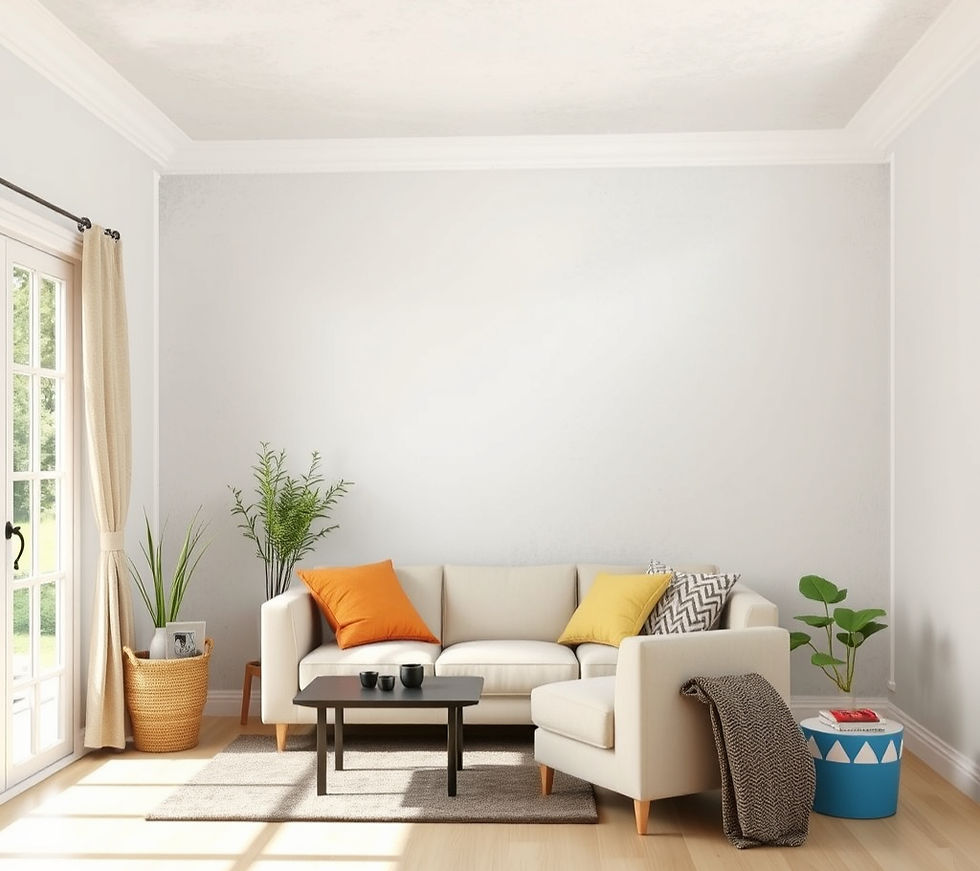Maintaining Rendered Walls for Long-Lasting Strength and Appearance
- David Michell
- Sep 16
- 2 min read
Rendered walls are a popular choice in building and construction due to their durability, visual appeal, and ability to protect underlying structures from weather damage. Whether you are building a new property or caring for an existing one, knowing how to maintain rendered walls is essential for preserving both their strength and appearance over time.
Understanding Rendering and Plastering
Rendering involves applying a protective layer, typically a mix of sand, cement, and water, to the exterior of walls. This layer not only enhances the building’s appearance but also acts as a barrier against moisture and environmental stressors. Plastering, generally used for interior walls, creates smooth, even surfaces and adds to the overall finish of a property. Both plastering and rendering play vital roles in the building and construction process by ensuring walls are functional, strong, and visually appealing.
The Importance of Regular Maintenance
Maintaining rendered walls is crucial for several reasons:
Structural Strength: Regular care prevents water ingress and other issues that can weaken walls over time.
Aesthetic Appeal: Well-maintained walls keep a property looking clean and fresh.
Cost Efficiency: Early attention to minor issues can prevent expensive repairs later on.
Tips for Maintaining Rendered Walls
1. Regular Cleaning: Over time, rendered walls can accumulate dirt, algae, or moss, which may lead to staining and damage. Gently clean surfaces using a soft brush or low-pressure water. Avoid harsh chemicals, which can harm the render. For tougher spots, a mild detergent solution is effective and safe for the wall surface.
2. Inspect for Cracks and Damage: Environmental changes and natural settling can cause cracks in rendered walls. Frequent inspections allow you to spot and address small cracks before they develop into larger problems. Minor cracks can be filled with suitable fillers, while more significant damage may require professional attention.
3. Manage Moisture Effectively: Moisture is one of the main threats to rendered walls. Ensure that gutters, downpipes, and drainage systems are clear to prevent water from pooling near the property. In areas prone to heavy rainfall or humidity, applying a breathable protective coating can help shield the render without trapping moisture.
4. Repainting and Protective Coatings: To preserve both appearance and durability, exterior rendered walls may need repainting every few years. Use paints specifically designed for exterior surfaces, which offer long-lasting protection. Protective coatings can also improve water resistance and reduce the frequency of maintenance.
5. Control Vegetation: Plants growing too close to walls can cause damage by trapping moisture and infiltrating cracks. Keep climbing plants and vines trimmed, and ensure that garden vegetation does not make prolonged contact with the render.
Professional Assistance
While routine maintenance can often be handled by homeowners, certain tasks may require professional expertise. This includes major repairs, re-rendering sections of walls, or applying specialized protective coatings. Hiring skilled professionals ensures that maintenance is performed correctly and preserves the structural and aesthetic quality of the walls.
Conclusion
Maintaining rendered walls is an essential part of building and construction that enhances both longevity and appearance. By following a routine of cleaning, inspections, moisture management, protective treatments, and vegetation control, you can ensure your rendered walls remain strong, durable, and visually appealing for many years.




Comments